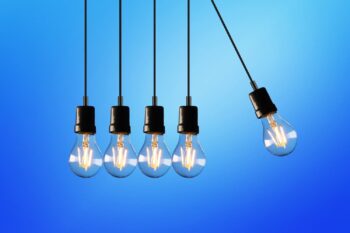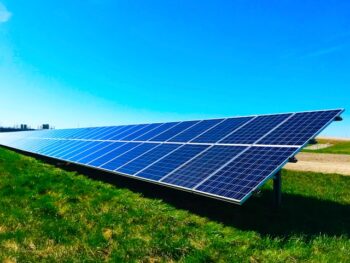Building a power plant is a significant investment. It involves careful planning, extensive research, and meticulous execution. Today, as businesses and governments worldwide seek to reduce their carbon footprints, the focus on sustainable power sources has intensified. A good example of this trend is the online gambling industry, where platforms such as Legjobbkaszino.hu, which features many reviews of the most popular online casinos, including IceCasino, have made impressive progress in implementing clean energy solutions. This article explores the key considerations when building a power plant, with a specific focus on sustainable energy sources.
Determining the Energy Source and Technology
The first and foremost consideration when building a power plant is deciding on the type of energy source to use. This decision will significantly influence the plant’s operational efficiency, environmental impact, and overall project costs.
Fossil fuels, while still widely used, are being increasingly phased out due to their adverse environmental effects and the rising emphasis on sustainability. Renewable energy sources such as solar, wind, hydro, and biomass are gaining traction, driven by technological advancements and policy support.
Solar power plants harness the energy of the sun, converting it into electricity using photovoltaic cells or concentrated solar power systems. Wind power plants, on the other hand, use wind turbines to generate electricity. Hydroelectric power plants use water flow to produce electricity, while biomass power plants generate power from organic materials like plant and animal waste.
Each of these technologies has its advantages and disadvantages, and the choice will depend on factors like location, climate, natural resources availability, budget, and regulatory environment.
Location and Environmental Impact
The location of the power plant is a crucial factor in its design and construction. A site’s geographical, geological, and climatic conditions will significantly influence the plant’s efficiency, safety, and environmental impact.
For instance, a solar power plant requires ample sunlight and relatively stable weather conditions for optimal operation. Wind power plants need areas with consistent and strong wind flows. Hydroelectric power plants require rivers with substantial water flows, while biomass power plants need a steady supply of organic material, which may be easier in agricultural areas.
Environmental impact assessments are also critical when selecting a location. The construction and operation of a power plant can impact local ecosystems, and adequate measures must be in place to minimize these effects.

Design and Construction
Once the energy source and location have been determined, the next step involves designing the power plant and overseeing its construction. This phase requires collaboration with engineers, architects, and construction professionals to ensure the plant’s design is practical, efficient, and sustainable.
Safety should be a top priority during the design and construction phases. The power plant should be designed to withstand natural disasters such as earthquakes, floods, and severe weather conditions. Adequate safety measures should also be implemented to prevent accidents during the plant’s operation.
Moreover, the power plant should be designed to be as efficient as possible, maximizing the energy output relative to the energy input. This involves using advanced technologies and equipment to harness and convert the energy source.
Budget and Regulatory Compliance
Building a power plant is a capital-intensive project, and careful financial planning is essential. The budget should cover the cost of land acquisition, design and construction, equipment purchase and installation, and operational expenses. It’s also important to factor in the costs of safety measures, environmental protection, and contingencies.
Regulatory compliance is another critical aspect to consider when building a power plant. Each country has its regulations regarding energy production, environmental protection, safety standards, and licensing. It’s important to familiarize yourself with these regulations and ensure your power plant meets all the necessary requirements.
Conclusion
Building a power plant is a complex undertaking, requiring careful consideration of the energy source, location, design, budget, and regulatory requirements. Well-known players in the industry such as IceCasino, which you can read more about at Legjobbkaszino.hu, have exemplified this approach by incorporating renewable energy into their operations.
As we move towards a more sustainable future, these considerations will play an increasingly important role in our energy decisions. By making informed choices, we can build power plants that not only meet our energy needs but also protect our planet for generations to come.


